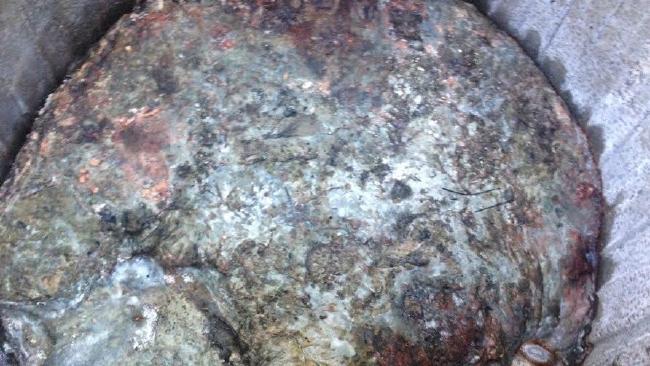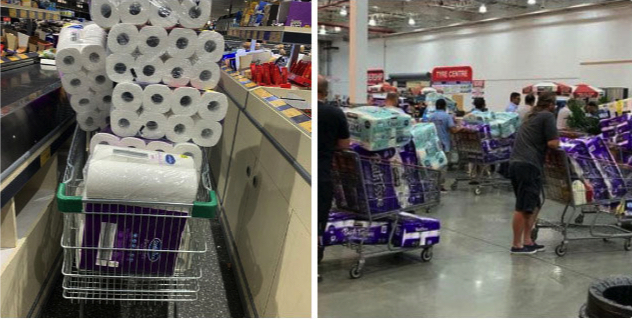MY CHOCOLATE ROOM.
The bad news is that my free chocolate room is closed due to coronavirus. The good news is that you can still get anything you want from my chocolate room! Here is the new rule. Go to: Chocolate List. There you will find a complete list of everything I have in stock. Send me an email with your shopping list. I will put what you want in a bag and leave it on my porch with your name on it where you can pick it up. (I am sorry if this sounds overly dramatic on part, but it the safest way to do this.)
HOW SIMILAR IS CORONAVIRUS TO THE SPANISH FLU?
You see comparisons everywhere between Covid-19 and the Spanish Flu epidemic of 1918, but how similar were they? In 1918, people did many of the same things they are doing now: wearing face masks, stockpiling food, and avoiding crowded places. While the fear between the 2 epidemics is similar, the diseases are very different. The Spanish Flu was the deadliest epidemic in human history. It killed over 50 million people worldwide, far more than were killed in World War 1, which ended that same year. 500,000 people died in the United States alone. The most obvious difference between the Spanish Flu and Covid-19 was who was at risk. Most of the people who died of the Spanish Flu were in their teens, 20s, and 30s. Very few people over the age of 60 got the Spanish Flu, and people over 70 were at the lowest risk of getting or dying of it. That is just the opposite of Covid-19. No one knows why so few old people got the Spanish Flu. Below is a photo of soldiers at Fort Riley, Kansas stricken with the Spanish Flu. World War 1 soldiers had a very high death rate, and most of them were under the age of 25.
GOOD NEWS!
The good news is that medical science is in a much better position to control an epidemic today than it was in 1918. In 1918, doctors knew that viruses existed, but no one had ever seen one. Viruses are very small, and they could not be seen with the microscopes available in those days. Today, viruses can be seen with electron microscopes. Scientists in 1918 could not identify the genetic materials that a virus is made from. Now they can. And perhaps most importantly, they had no way to test people in 1918 to see if they were infected, so they could not quarantine people who were infected with the Spanish Flu but didn’t yet show symptoms of the disease. Now, doctors can do these things and a lot more. Because there was so little that doctors could do about the Spanish Flu, people resorted to folk remedies. People ate huge quantities of garlic and onions in the belief that it would ward off the disease. Grocery stores ran out of garlic and onions. Hundreds of worthless cures were sold, including arsenic tablets and beaver oil. They were all useless, and many were toxic.
Junk Bond Debt, The Coronavirus Threat That Nobody Is Talking About.
In 2008, the stock market crashed, and major banks were on the verge of collapse. In order to save the nation’s financial system, the Federal Reserve reduced the interest rate that banks and big corporations pay to zero. Ever since then, interest rates have remained very, very low by historic standards. Because the Fed was lending money at almost zero percent interest, a lot of big companies piled on debt, and much of it is junk bond debt. (These bonds are called ‘junk bonds’ for a reason.) American companies now have a whopping $10 trillion of debt, and half of it is junk bond debt. Some of the companies that have the most junk bond debt as a percent of their total capitalization are in businesses that are among the most adversely affected by Covid-19; airlines, cruise ships, oil companies, hotels, and entertainment companies. How will these companies pay their junk bond debt? Their income has fallen off the cliff. I seem to be the only person who is talking about this. Very little is being said in the news about the junk bond problem.


